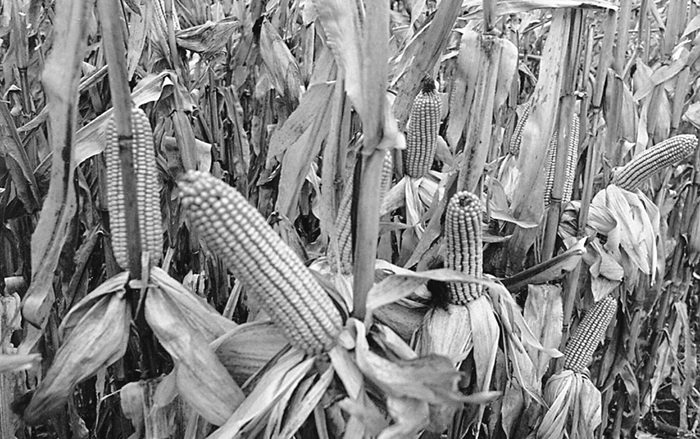No-Till Farmer
Get full access NOW to the most comprehensive, powerful and easy-to-use online resource for no-tillage practices. Just one good idea will pay for your subscription hundreds of times over.

What was once a clear separation between the rural countryside and town of Mukwonago, Wis., has quickly diminished as residential development continues at a phenomenal pace.
John Steinke, who no-tills 500 acres near the town which is located 35 miles southwest of downtown Milwaukee, knows why the American Farmland Trust ranks this southern area of Wisconsin third in its list of “Top 20 Most Threatened Farmland Regions.”
“I’m surrounded by development on all sides of my farm,” Steinke says. “I only own 75 acres because you simply can’t afford to own land around here for farming. Last year, land right across the round sold for $6,000 an acre.”
This puts Steinke in a unique situation. Farmland acreage continues to diminish each year and there’s often a list of farmers waiting for the land that’s available. Housing developments also mean more people traveling along rural roads. He also had farrow-to-finish hog operation and profit margins in hogs were continuing to get tighter. So Steinke decided to take the opportunity to restructure his business.
In 1994, Steinke called it quits with hogs and decided to cash crop instead. He was fortunate to pick up 150 acres of land from a nearby dairy farm that was being developed. The dairy farmer approached Steinke about no-tilling the land he was renting. This brought Steinke’i acreage up from 350 acres to 500 acres.
“I have only one signed contract with landlords,” says Steinke. “The rest have told me that I can farm the land for…